If you’re still with the same bank Mum and Dad set up for you as a kid, you’re in the same boat as 40% of Australians. One in five of those said that switching banks had never even occurred to them.
Until very recently, I was one of those people.
My parents had set up a savings account for me when I was twelve, and until I started working at Savings.com.au, switching banks had literally never even occurred to me. That is, until I found out what the interest rate on my savings account was (hint: tiny!) and after a few weeks of my colleagues nudging me to change banks, I gave in and finally made the switch.
And I have no idea why I didn’t just do it sooner, because it was so easy.
Maybe you’ve become disillusioned with your current bank. Maybe you’re paying too much in fees. Maybe you think you could get a better deal elsewhere (spoiler alert: you probably can).
Whatever the case, there’s no love lost between you guys. It’s not you – it’s them. Sometimes things just don’t work out and that’s fine. It’s better to cut your losses and move on than stay in a bad banking relationship.
Here’s how to break up with your bank in five simple steps:
1. Compare your current bank account with others
Before you commit to a new bank, it’s always wise to compare your options first.
Need somewhere to store cash and earn interest? The table below features introductory savings accounts with some of the highest interest rates on the market.
Provider | |||||||||||||
|---|---|---|---|---|---|---|---|---|---|---|---|---|---|
| 4 | 0 | 0 | $product[$field["value"]] | $product[$field["value"]] | $product[$field["value"]] | More details | |||||||
Savings Accelerator
| |||||||||||||
Disclosure | |||||||||||||
Savings Accelerator
Disclosure
| |||||||||||||
| 4 | 0 | 0 | 1 | $product[$field["value"]] | $product[$field["value"]] | $product[$field["value"]] | More details | ||||||
| FEATURED | High Interest Savings Account (<$250k)
| ||||||||||||
Disclosure | |||||||||||||
High Interest Savings Account (<$250k)
Disclosure
| |||||||||||||
| 4 | 0 | 0 | 0 | $product[$field["value"]] | $product[$field["value"]] | $product[$field["value"]] | More details | ||||||
| FEATURED*Score $20 using code SWIPE20 | Save Account
| ||||||||||||
Disclosure | |||||||||||||
Save Account
Disclosure
| |||||||||||||
| 0 | 1000 | 0 | $product[$field["value"]] | $product[$field["value"]] | $product[$field["value"]] | More details | |||||||
| FEATURED | Savings Maximiser
| ||||||||||||
Disclosure | |||||||||||||
Savings Maximiser
Disclosure
| |||||||||||||
| 4 | 0 | 0 | 0 | $product[$field["value"]] | $product[$field["value"]] | $product[$field["value"]] | More details | ||||||
Hi Saver | |||||||||||||
| 4 | 0 | 0 | 0 | $product[$field["value"]] | $product[$field["value"]] | $product[$field["value"]] | More details | ||||||
Bonus Saver | |||||||||||||
| 4 | 0 | 0 | 1 | $product[$field["value"]] | $product[$field["value"]] | $product[$field["value"]] | More details | ||||||
Online Saver | |||||||||||||
| 0 | 0 | 1 | $product[$field["value"]] | $product[$field["value"]] | $product[$field["value"]] | More details | |||||||
Up Saver Account | |||||||||||||
| 0 | 0 | $product[$field["value"]] | $product[$field["value"]] | $product[$field["value"]] | More details | ||||||||
Qsaver | |||||||||||||
| 0 | 100 | 1 | $product[$field["value"]] | $product[$field["value"]] | $product[$field["value"]] | More details | |||||||
Bonus Saver Account | |||||||||||||
| 0 | 100 | 0 | $product[$field["value"]] | $product[$field["value"]] | $product[$field["value"]] | More details | |||||||
Bonus Saver | |||||||||||||
| 3 | 0 | 0 | 0 | $product[$field["value"]] | $product[$field["value"]] | $product[$field["value"]] | More details | ||||||
Maxi Saver | |||||||||||||
| 0 | 100 | 1 | $product[$field["value"]] | $product[$field["value"]] | $product[$field["value"]] | More details | |||||||
Bonus Saver Account | |||||||||||||
| 4 | 0 | 0 | 1 | $product[$field["value"]] | $product[$field["value"]] | $product[$field["value"]] | More details | ||||||
Netsave Account | |||||||||||||
| 0 | 200 | 1 | $product[$field["value"]] | $product[$field["value"]] | $product[$field["value"]] | More details | |||||||
Growth Saver | |||||||||||||
| 4 | 0 | 0 | $product[$field["value"]] | $product[$field["value"]] | $product[$field["value"]] | More details | |||||||
Simple Saver | |||||||||||||
| 0 | 1000 | $product[$field["value"]] | $product[$field["value"]] | $product[$field["value"]] | More details | ||||||||
Virgin Money Boost Saver | |||||||||||||
| 0 | 2000 | 0 | $product[$field["value"]] | $product[$field["value"]] | $product[$field["value"]] | More details | |||||||
HomeME Savings Account (<$100k) | |||||||||||||
| 0 | 200 | 0 | $product[$field["value"]] | $product[$field["value"]] | $product[$field["value"]] | More details | |||||||
Online Savings - Premium Saver | |||||||||||||
| 0 | 10 | 0 | $product[$field["value"]] | $product[$field["value"]] | $product[$field["value"]] | More details | |||||||
mySaver | |||||||||||||

- Bonus variable rate for the first 4 months on balances up to $250k and high variable ongoing rates.
- No fees and no monthly requirements to earn interest.
- Easily open an account online in 3 minutes.
There are heaps of reasons why a new everyday or savings account could be a better option for you, but the two key things to look out for in a savings account are:
- Low fees (or preferably no fees)
- High interest rate
You can browse which savings accounts currently have the highest interest rates here.
There are some other key things to consider, including:
- Access to branches or ATMs
- If there are any ATM withdrawal fees or foreign transaction fees
- Online functionality and app usability
- Customer service
- If there are any requirements necessary to secure a bonus interest rate (if one applies)
- The ability to link your accounts with other products
2. Open your new account
If you think you’ve found the one, it’s time to open your new savings or transaction account.
You can do this in as little as ten minutes by visiting the bank’s website and clicking the relevant link.
It may vary a little from provider to provider, but most of the time all you need to do is provide some basic information about yourself as well as an approved form of ID and your tax file number. Sometimes you may need to head into the local branch to confirm your identity.
Once you’ve signed up online, you should receive the debit card for your transaction account within the next few business days. You’ll have to activate the card before you can use it, which can be done over the phone, online or through the app depending on the options provided by the institution. Also, don’t forget to sign the back of the card.
Some bank accounts may require you to deposit a sum of money into each account before it becomes active. Make sure you do this before you can move on to the next step.
3. Make a list of all your direct debits and direct credits
Most people don’t want to go through with the hassle of changing banks because of their pre-existing direct debit and credit arrangements. It’s an obstacle that keeps many people stuck in a bad banking relationship, but what most people don’t know is that banks have been required to help facilitate the handover of direct debit and credit setups since 2012 under guidelines brought in by the Australian Securities and Investments Commission (ASIC).
It’s also safe to say that banks aren’t exactly a big fan of helping customers switch to another bank, but they are required to do so.
If you ask your new bank to help you make the switch, they can contact your old bank for you and get a complete list of direct debits (the regular payments you make like your gym membership or Netflix subscription) and your direct credits (the regular payments you receive like your salary) from the past 13 months.
Direct debits may include:
- Regular membership fees (gym)
- Public transport, ride-sharing services
- Streaming services
- Utilities and rates
- Mortgage/rental payments
- Childcare
- Insurance
Direct credits may include:
- Salary
- Welfare payments
- Share dividends
- Pension payments
- Child support
- Rental income
Just be aware that the following are examples of what will not show up on the list. You will need to manually set these up yourself.
- BPAY payments
- ‘Pay anyone’ payments (where you make a payment from your account into someone else’s account)
Making a list of all your direct debits and credits is an extremely important step. Businesses who regularly make direct debit deductions, like your insurance provider or your kids’ childcare won’t be aware of your new banking details unless you tell them. They’re unfortunately not mind-readers (but imagine how much simpler the process would be if they were!).
If they go to charge your normal payment from your old account and they can’t, they could charge you a fee and your financial institution might charge you a fee too.
4. Transfer these over to your new account
Once you’ve made a list of all your direct debits and credits, you will then have to transfer these over to your new bank account.
There are two ways you can do this.
- You can do it manually, yourself
- Or you can just nicely ask your new bank to do all the hard work for you
No points for guessing which one is the easiest option out of the two, especially if you have a long list of direct debits and credits.
For this to happen, you’ll have to fill out a form with all the business contact details for the payments you want to update. This isn’t 100% foolproof though, so it’s always a good idea to double check on your most important direct debit and credit arrangements, like utility providers and your mortgage/rental payments.
Remember that you will still need to manually transfer some payments yourself, like BPAY and ‘pay anyone’ payments.
And don’t forget to let your employer know about your new bank account so your salary can be deposited!
5. Transfer any remaining funds and close your old account
Now that you’ve transferred all your direct debits and credits, it’s time to break up with your old bank account.
But before you kiss it goodbye and send it on its way, it’s wise to leave some funds in there for a few months to ensure all your direct debits and credits actually have been transferred. After all, you don’t want to get slugged with fees if attempted transactions are declined.
Once you’re certain all your direct debits and credits have been transferred to your new account, transfer any remaining funds to your shiny new bank account.
It is important to close down your old bank account even if you don’t have any money left in there. This is because some banks charge inactivity fees for not using your account, while others continue to charge monthly fees on your account.
Most banks will require you to head into a branch to close down your account. Some ask that you request for the account closure in writing, along with your signature to verify the process. If you’re not sure which option your bank requires, the easiest way to find out is to get on the phone and ask them.
But don’t make the rookie error of assuming that just because you’ve spoken to someone over the phone that your account has closed. Banks really don’t want to lose your business, so be prepared for them to make you work that little bit harder to close down your account.
How to close a bank account
When switching banks you will need to cancel or close your old account. Some banks and institutions allow you to do this online, while others require you to visit a branch.
Make sure any money owing has been resolved prior to closing your account, and any remaining funds are transferred out before closing. Your bank will have its own process when closing your account, so make sure you chat with your bank about the steps involved, and request confirmation once it has been resolved.
Savings.com.au’s two cents
You wouldn’t put up with a bad relationship, so don’t put up with a bad banking relationship either. Breaking up is hard to do – except that in this case, it’s actually not.
Banks are constantly looking to offer incentives to remain competitive and attract new customers, so there’s no reason to stick around if you’re unhappy with what your current bank is offering.
If your bank can’t change (by offering you a better deal) it’s time to cut your losses and find a bank that can. Thank you, next!
Image by Ankush Minda via Unsplash




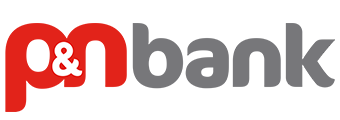
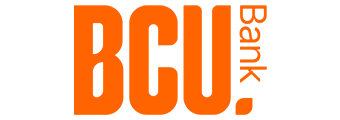
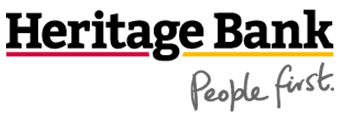

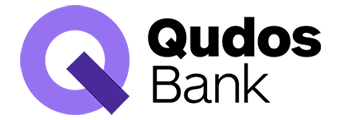
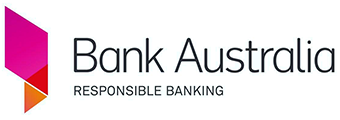


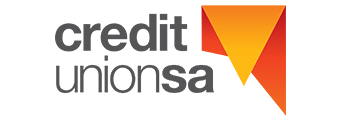



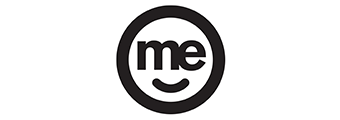
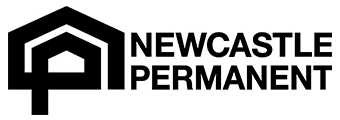


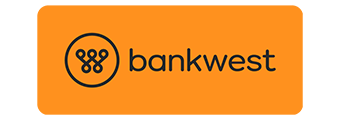
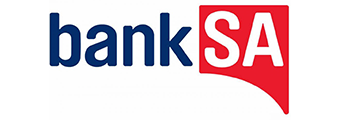


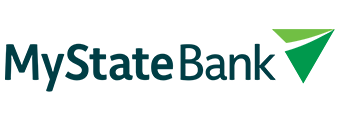
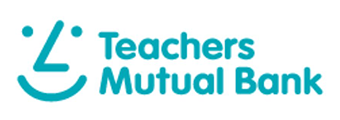
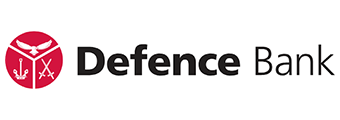

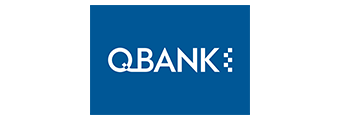

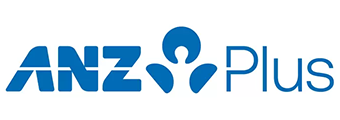
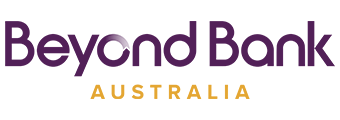
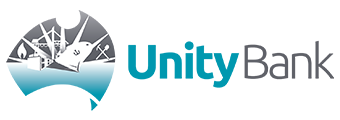

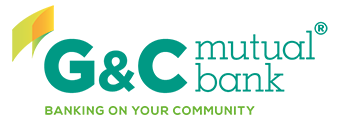



 Denise Raward
Denise Raward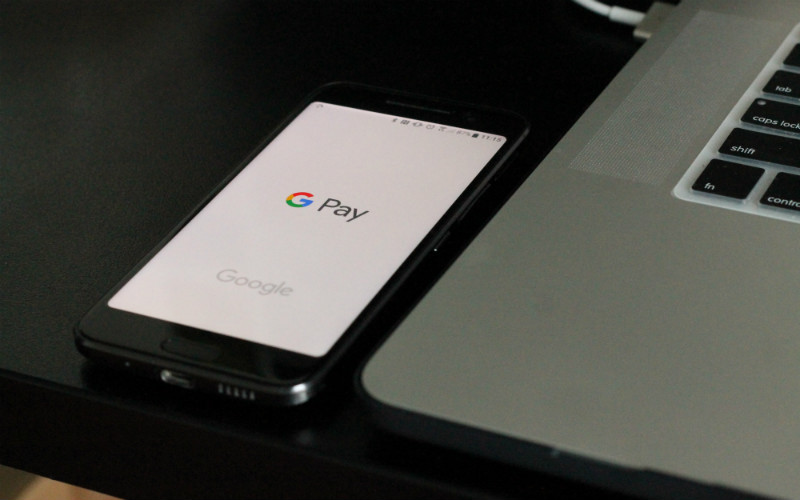
 William Jolly
William Jolly













